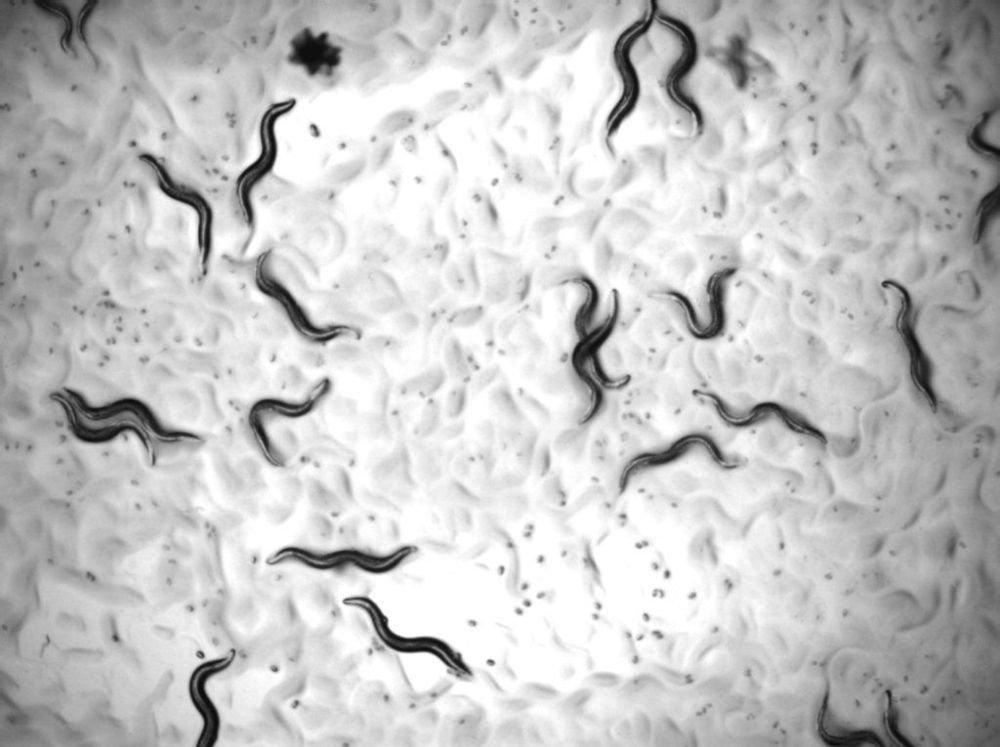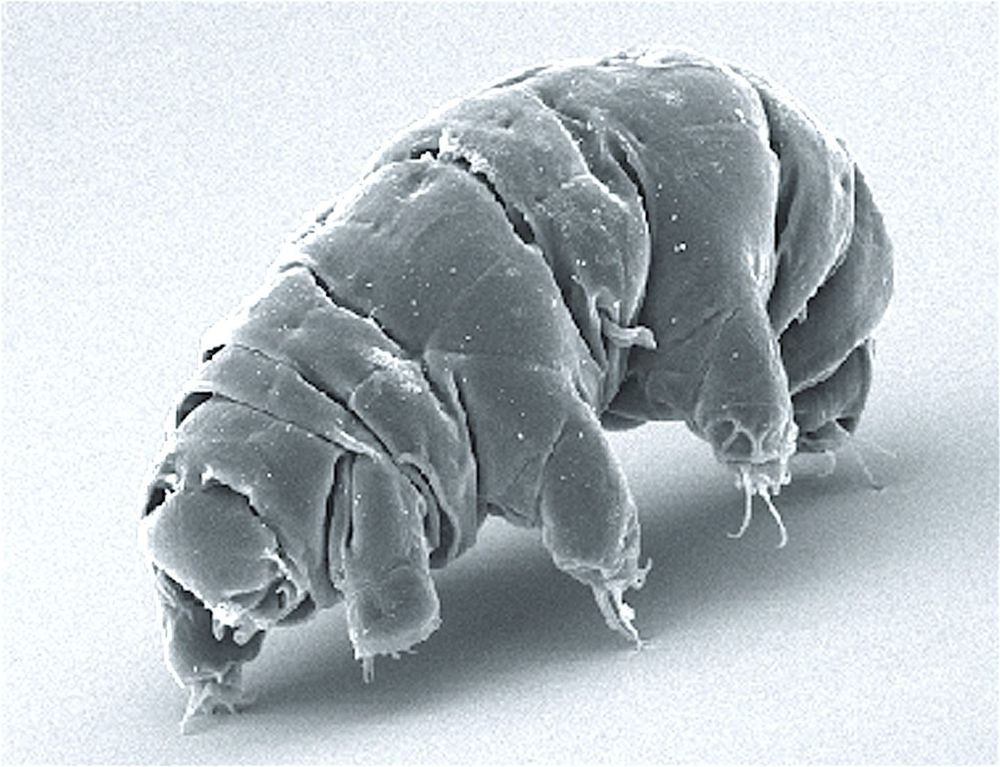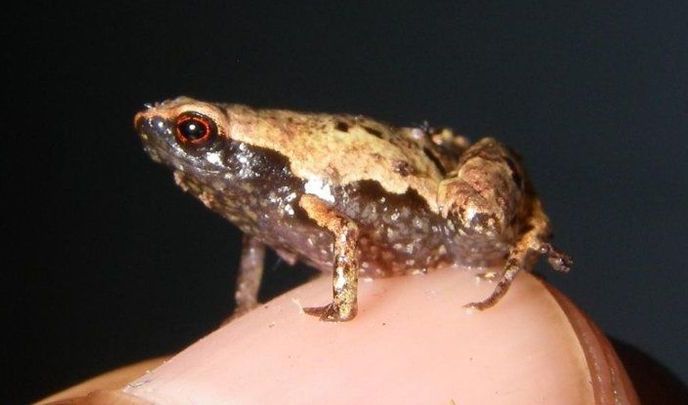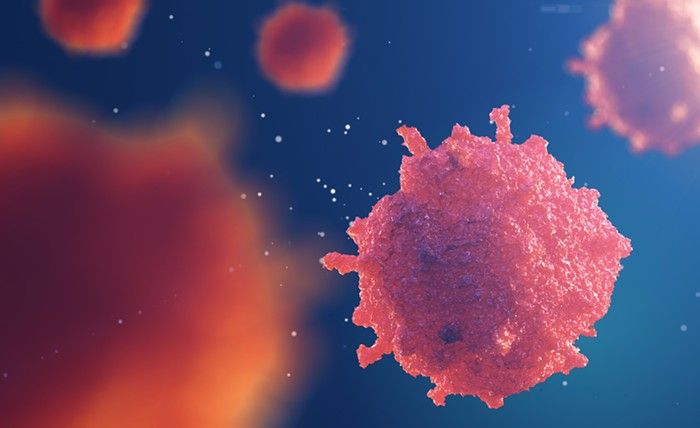Page 8970
Apr 3, 2019
Yale-NUS researchers discover drug cocktail that increases lifespan
Posted by Carse Peel in categories: biotech/medical, genetics
Could deafness be reversed? Scientists re-grow damaged hair cells that have been killed off by age or noise inside the ear…
Researchers from the University of Rochester found that viruses, genetics and even existing drugs could cause little hairs to regrow in the inner ear. These hairs pick up on noises entering the ear.
Apr 3, 2019
Chinese, US researchers create monkeys with human-like brain development
Posted by Carse Peel in categories: genetics, neuroscience
A group of monkeys were found to have “human-like” brain development, including faster reactions and better memories, after a joint Sino-American team of researchers spliced a human gene into their genetic makeup.
Researchers from the Kunming Institute of Zoology at the Chinese Academy of Sciences (CAS), and the University of North Carolina in the United States modified the genes of 11 monkeys (eight first-generation and three second-generation) with the addition of copies of the human gene MCPH1.
Microcephalin (MCPH1) is a key factor in our brain development and, in particular, eventual brain size. Mutations in the gene can lead to the developmental disorder microcephaly, which is characterized by a tiny brain.
Apr 3, 2019
DARPA thinks tardigrades could help scientists “freeze” injured soldiers in time
Posted by Carse Peel in category: futurism
The creatures “can reversibly enter a state where outwardly observable signs of metabolic activity are paused under conditions that are essentially incompatible with life.”
Apr 3, 2019
Today Chandra is studying a white dwarf star in Coma Berenices
Posted by Michael Lance in category: cosmology
Nearby in the sky is galaxy NGC 4725, roughly 41 million light years from Earth. Over 100,000 light years across, at least 4 supernovae have been observed in this galaxy since 1940!
Apr 3, 2019
A Drug Shows an Astonishing Ability to Regenerate Damaged Hearts and Other Body Parts
Posted by Paul Battista in category: biotech/medical
A once abandoned drug compound shows an ability to rebuild organs damaged by illness and injury.
Apr 3, 2019
Check Out These Adorable, Tiny Frog Species Just Discovered in Madagascar
Posted by Quinn Sena in category: futurism
Miniaturised frogs form a fascinating but poorly understood group of amphibians. They have been exceptionally prone to taxonomic underestimation because when frogs evolve small body size they start to look remarkably similar – so it is easy to underestimate how diverse they really are.
As part of my PhD I have been studying frogs and reptiles on Madagascar, an island in the Indian Ocean that’s a little larger than mainland France. It has more than 350 frog species, giving it possibly the highest frog diversity per square kilometre of any country in the world. And many of these frogs are very small.
We have added to the knowledge of these tiny species by describing five new species as belonging to the group of frogs commonly referred to as “narrow-mouthed” frogs. The largest of them could sit happily on your thumbnail. The smallest is just longer than a grain of rice.
Continue reading “Check Out These Adorable, Tiny Frog Species Just Discovered in Madagascar” »
Apr 3, 2019
What Existed Before The Big Bang? Astronomers Have Found a Test to Narrow It Down
Posted by Quinn Sena in categories: cosmology, evolution, physics
Today our middle-aged Universe looks eerily smooth. Too smooth, in fact.
While a rapid growth spurt in space-time would explain what we see, science needs more than nice ideas. It needs evidence that whittles away contending arguments. We might finally know where to look for some.
A team of physicists from the Centre for Astrophysics | Harvard & Smithsonian (CfA) and Harvard University went back to the drawing board on the early Universe’s evolution to give us a way to help those inflation models stand out from the crowd.
Apr 3, 2019
By Far the Strangest Scientific Discovery of 2018: Your Memories Are a Viral Infection
Posted by Victoria Generao in categories: biotech/medical, genetics, neuroscience
Agree or Disagree?
According to two papers published in Cell on January 11, 2018, the making of memories and the processes of learning resemble, of all things, a viral infection. It works like this: The shells that transport information between neurons are assembled by a gene called Arc. Experiments conducted by two research teams revealed that the Arc protein that forms a shell, functions much like a Gag, a gene that transports a virus’s genetic material between cells during an infection. For example, the retrovirus HIV uses a Gag in exactly this manner.
Apr 3, 2019
A Mathematician Just Solved a Deceptively Simple Puzzle That Has Boggled Minds for 64 Years
Posted by Quinn Sena in category: information science
A mathematician in England just solved a decades-old Diophantine equation for the number 33. Now, only 42 remains.


















